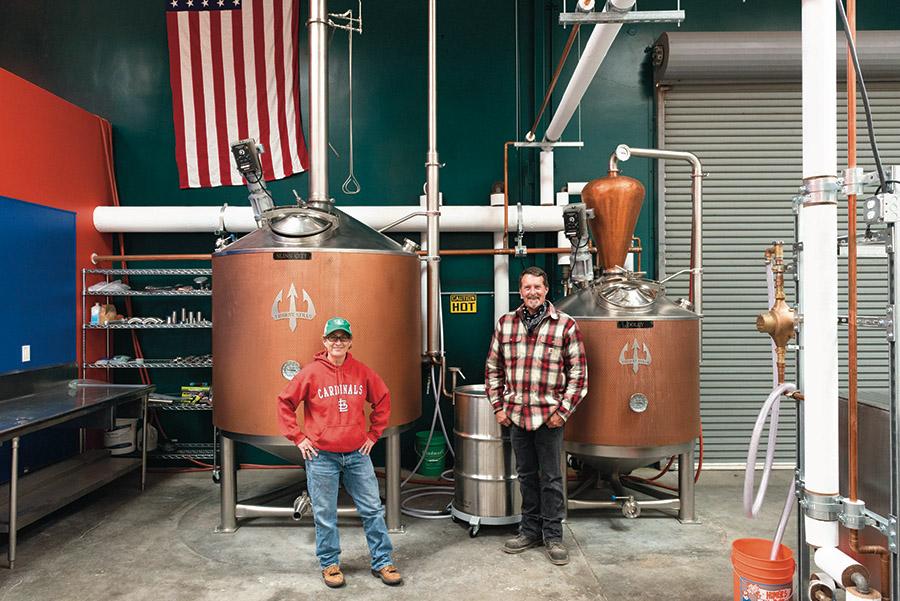Like many good stories of turning a passion into a profession, Gail Coppinger and Scott Woodson started out in a garage. They were brewing . . .
Elk Fence: the story behind the distillery


Like many good stories of turning a passion into a profession, Gail Coppinger and Scott Woodson started out in a garage. They were brewing . . .